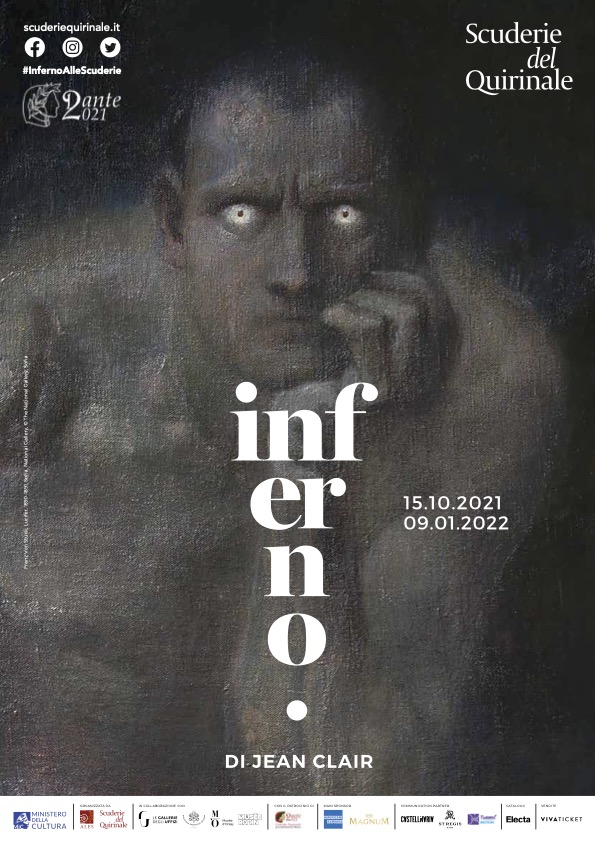The metamorphoses of the devil
In the Hebrew Bible the Satan (the Accuser) is a counsellor of God who opposes men (as in the Book of Job). The serpent in Genesis, the instigator of the fall of Adam and Eve, is also sometimes interpreted as a personification of the Satan.
In apocryphal literature and in the New Testament this figure would become an extraordinarily powerful being, the Devil (from the Greek διάβολος, he who divides), the Adversary of God. This dualistic concept is parallel to, and perhaps originates from, the Persian religion of Zoroaster.
Lucifer (in Hebrew הילל or helel, in Greek φωσφόρος, in Latin lucifer, light-bringer) is the name classically assigned to Satan by the Christian tradition according to the Patristic interpretation of a passage from Isaiah. Lucifer has also been identified as the prince of the angels, who rebelled against God out of hubris and was cast into Hell.
In the New Testament the Devil has an important role as the tempter of Jesus and of men, as a destroyer, the cause of diseases, the persecutor of believers, the corrupter of Judas, the lord of his own realm, or according to St Paul, even the lord of this world.
In the Middle Ages the evangelical kindness of Saint Francis or Saint Bernard helped to turn the devil into a comic figure, bearing kitchen equipment like pots, grills, carving forks and knives.
Dante conceived of devils as beings driven from their celestial home, “black” angels “cast out of Heaven”, “rained from Heaven”. Lucifer is the name that Dante gives to the prince of the demons: but he also uses the designations Satan, Beelzebub (in Hebrew בעל זבוב, Baal Zebub, lord of the flies) or Dis (from Dis pater, a Latin divinity of the underworld). Lucifer has fallen from Heaven and is stuck in the centre of the Earth, his torso in the northern hemisphere and the rest of his body in the southern. Above his head lies Jerusalem, beneath his feet Purgatory. Dante’s Lucifer is the symbol of devastating solitude: materially he is at the centre of the universe, but spiritually (really) he is outside. There is nothing Titanic about him, nothing of the romantic hero.
In the Renaissance, Hieronymus Bosch depicted the infernal legions who assailed men with a multitude of bizarre objects and extravagant forms, derisive of the being that mimics God but embodies the principle of disorder and dispersion. When Saint Anthony announces the name of the Only God it is enough to make the artifices of the Evil One turn to dust.
The Faustian tradition gave the devil the appearance of a black dog: and Mephistopheles, a servant of God despite himself, part of “that force that always wills the evil and always produces the good”, would be the prototype of a theatrical devil, seen later in opera and cinema.
The Romantics and the Symbolists often represented Lucifer in the form of a fallen angel, a fascinating and melancholic prince of darkness meditating on his fate.



